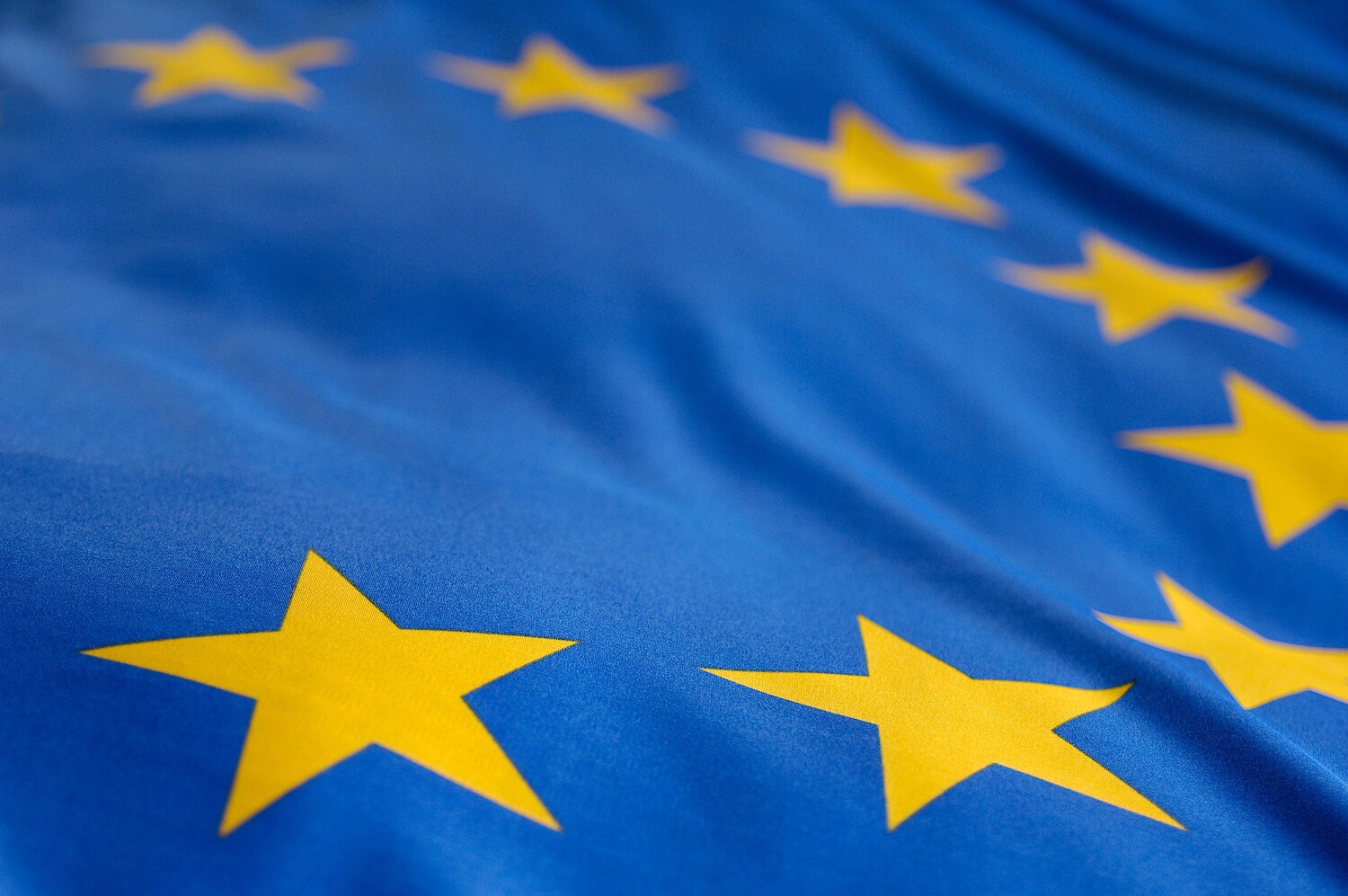EU Nature restoration law: MEPs strike deal to restore 20% of EU’s land and sea
- EU countries must restore at least 30% of habitat areas covered by the new law by 2030, 60% by 2040, and 90% by 2050
- Targets to restore drained peatlands to reduce agricultural sector emissions and improve biodiversity
- Emergency brake included whereby provisions for agricultural ecosystems can be temporarily suspended under exceptional circumstances
The new law, agreed with member states, sets a target for the EU to restore at least 20% of the EU’s land and sea areas by 2030 and all ecosystems in need of restoration by 2050.
Late on Thursday evening, negotiators from the Parliament and Council reached a provisional political agreement on the EU nature restoration law

Nature restoration targets
Co-legislators agreed on an EU target to restore at least 20% of land and 20% of sea areas by 2030 and all ecosystems in need of restoration by 2050. To reach these targets, EU countries must restore at least 30% of habitat types covered by the new law to a good condition by 2030, increasing to 60% by 2040, and 90% by 2050.
Member states will have to adopt, through an open, transparent and inclusive process, national restoration plans detailing how they intend to achieve these targets. In line with Parliament’s position, EU countries should give priority to areas located in Natura 2000 sites until 2030. The co-legislators also agreed that once an area has achieved a good condition, EU countries shall aim to ensure it does not significantly deteriorate.
Agricultural ecosystems
To restore nature in land used by the agriculture sector, EU countries will have to put in place measures which shall aim to achieve, by the end of 2030 and every six years thereafter, a positive trend in two of the following three indicators:
- the grassland butterfly index
- the share of agricultural land with high-diversity landscape features
- the stock of organic carbon in cropland mineral soil.
Restoring drained peatlands is one of the most cost-effective measures to reduce emissions in the agricultural sector and improve biodiversity. EU countries must therefore put in place restoration measures for organic soils in agricultural use constituting drained peatlands on at least 30% of such areas by 2030 (at least a quarter shall be rewetted), 40% by 2040 (at least one-third shall be rewetted) and 50% by 2050 (at least one-third shall be rewetted) but rewetting will remain voluntary for farmers and private landowners.
EU countries must also reverse the decline of pollinator populations at the latest by 2030 and achieve thereafter an increasing trend measured at least every six years.
Other ecosystems
By 2030, EU countries will have to put in place measures with the aim to achieve a positive trend in several indicators in forest ecosystems. At the same time, an additional three billion trees must also be planted in the EU and at least 25 000 km of rivers must be restored into free-flowing rivers.
EU countries shall also ensure that by 2030 there is no net loss in the total national area of urban green space, and of urban tree canopy cover in urban ecosystem areas compared to 2021. After 2030 they must increase this, with progress measured every six years.
Financing and emergency brake
Within 12 months of this Regulation entering into force, the Commission will have to assess any gap between restoration financial needs and available EU funding and look into solutions to bridge a gap if it finds one.
Negotiators also agreed on an emergency brake, as requested by Parliament, so targets for agricultural ecosystems can be suspended under exceptional circumstances if they create severe EU wide consequences on the availability of land required to secure sufficient agricultural production for EU food consumption.
Quote
After the deal, rapporteur César Luena (SD, ES), said: “The agreement reached today is a significant collective moment. 70 years after the European project began, a European law for nature restoration is needed to address biodiversity loss. Today's agreement was possible thanks to the initiative and commitment of the Commission, the negotiating role of the Spanish Presidency of the Council, which prioritised this issue, and the understanding attitude of the parliamentary groups, especially the progressive groups, who have been able to work together and compromise to ensure the existence of a nature restoration law. Furthermore, I want to highlight and express gratitude for the crucial role played by the group of the social democrats in these negotiations, as without the unity of the S&D Group in support of this law, we would not be celebrating the adoption of an agreement today.”
Next steps
The deal still has to be adopted by Parliament and Council, after which the new law will be published in the EU Official Journal and enter into force 20 days later.
Background
Over 80% of European habitats are in poor shape. The Commission proposed on 22 June 2022 a nature restoration law to contribute to the long-term recovery of damaged nature across the EU’s land and sea areas and to achieve EU climate and biodiversity objectives and to reach the EU’s international commitments, in particular the UN Kunming-Montreal Global Biodiversity framework. According to the Commission, the new law would bring significant economic benefits, as every euro invested would result in at least 8 euro in benefits.
This legislation is responding to citizens' expectations concerning the protection and restoration of biodiversity, the landscape and oceans as expressed in proposals 2(1), 2(3), 2(4) and 2(5) of the conclusions of the Conference on the Future of Europe.
Further information
EP Research: “Nature restoration regulation at a glance” (05.07.2023)
EP Multimedia Centre: Free photos, videos and audio material
Committee on the Environment, Public Health and Food Safety
Kontakt
Thomas HAAHR
European Parliament : Officer
(+32) 2 28 42976 (BXL)
(+33) 3 881 72033 (STR)
(+32) 470 88 09 87
thomas.haahr@europarl.europa.eu
Quelle
European Parliament Press service: Message tooffice@umweltbundesamt.at (10.11.2023)
